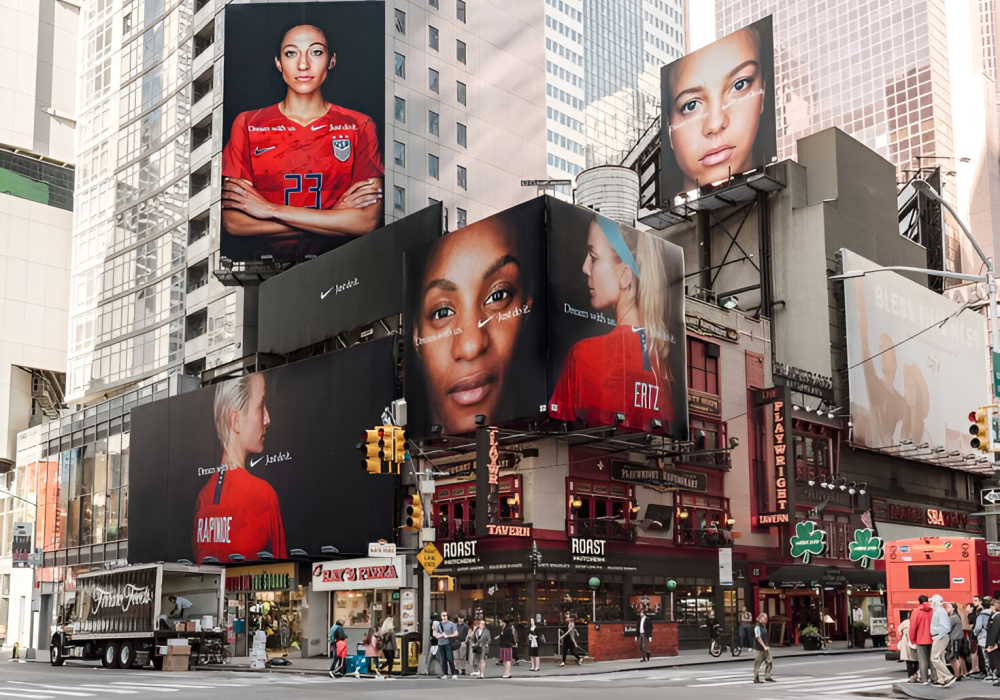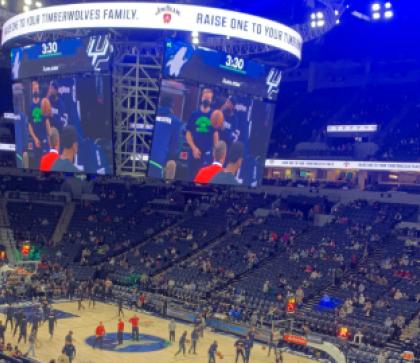Blog
History of Sports Marketing

The Pre-Modern Era (Before the 20th Century)
Sports marketing initially began with the commercialization of sports. Sponsorship was primarily composed of local businesses supporting events like horse racing in 18th-century England. These efforts were aimed at increasing the visibility of local businesses rather than large-scale marketing campaigns.
The Emergence of Modern Sports Marketing (1900-1950)
-
Product Endorsements: For example, baseball players like Honus Wagner began endorsing Louisville Slugger bats. During this period, brands such as "Wheaties" created a connection between products and athletic success by featuring athletes on their packaging.
-
The Role of Media: The increasing use of radio and later television expanded the reach of sports, transforming it into a powerful advertising platform.
The Golden Age of Sponsorship (1960-1980)
-
Major Sponsorship Deals: Companies like “Coca-Cola” and “Adidas” became sponsors of major sporting events like the FIFA World Cup and the Olympic Games in the 1960s and 1970s. In 1984, “Nike” signed a deal with Michael Jordan, creating the famous “Air Jordan” brand.
-
The Role of Television: The 1980s was a flourishing period for sports broadcasting. Events like the "Super Bowl" became prime platforms for advertising, with companies spending millions of dollars to attract a broad audience.
Globalization and the Digital Revolution (1990s-Present)
-
Global Events as Marketing Platforms: The Olympic Games, FIFA World Cup, and other major events became global branding tools. Companies like “Visa,” “McDonald’s,” and “Samsung” made substantial investments in these sponsorships. Regional leagues like the English Premier League and NBA attracted global audiences, expanding their influence.
-
The Explosion of Digital Media: The internet and social media transformed sports marketing in the 2000s. Platforms like “Facebook,” “Twitter,” and “Instagram” allowed brands to create direct connections with fans. Athletes like Ronaldo and Serena Williams became influencers, turning into global ambassadors for major products.
-
Esports and New Markets: The 2010s saw esports create new opportunities for digital sponsorships. Brands like “Red Bull” and “Intel” supported gaming tournaments and players. New markets in Asia, Africa, and South America attracted millions of new fans and consumers.
Key Trends Shaping Modern Sports Marketing
-
Data Analytics: Teams and brands use advanced tools to analyze fan behavior, personalizing their marketing efforts.
-
Sustainability: Companies and events emphasize environmentally friendly approaches, aligning with global values.
-
Fan Engagement: Interactive experiences like virtual reality and fantasy sports turn fans into active participants, building loyalty to brands.
Sports marketing continues to adapt to changing consumer behavior and technologies, remaining a cornerstone of the sports industry.
Author,
Mahammadjamal Teymurlu


